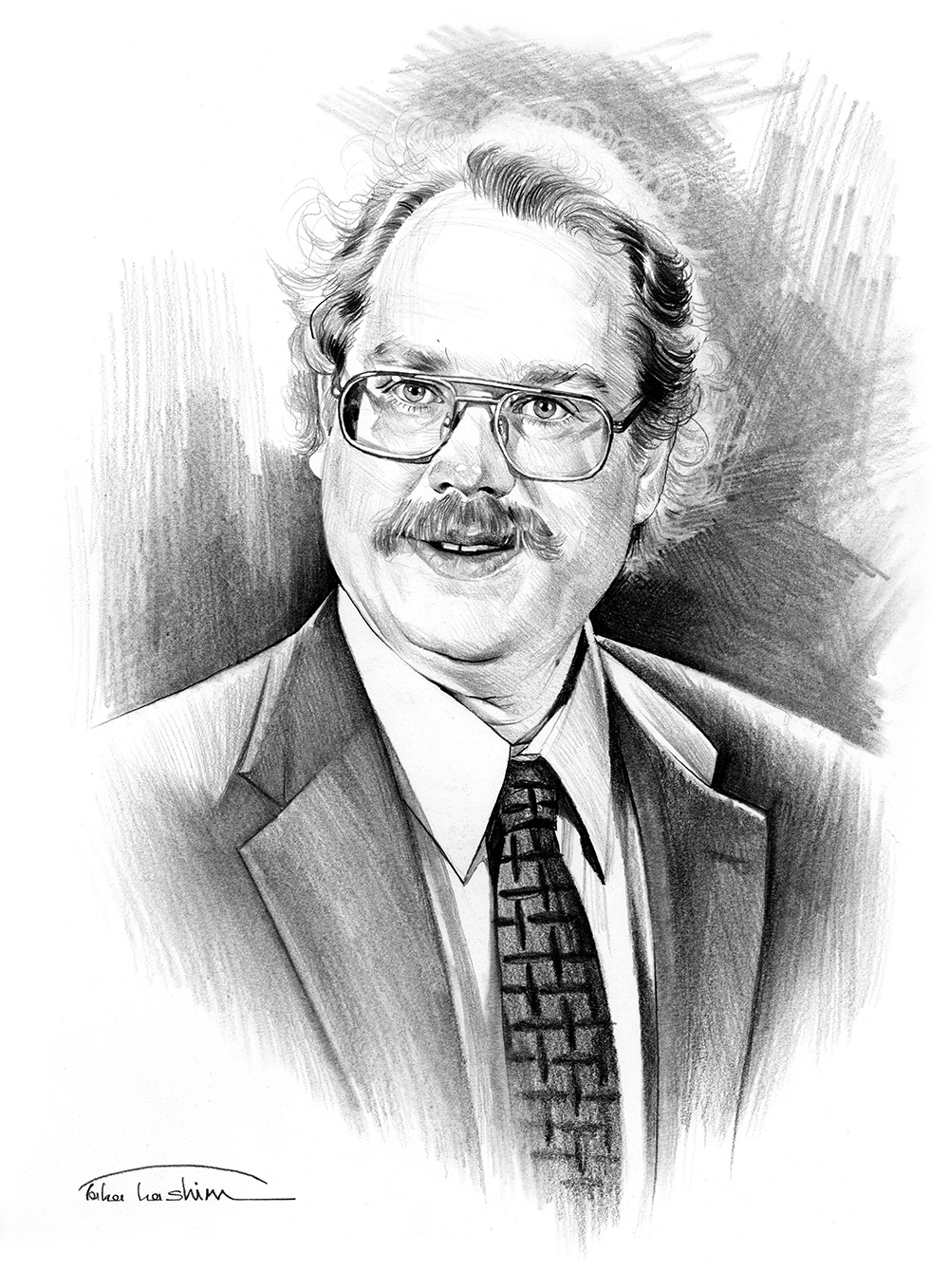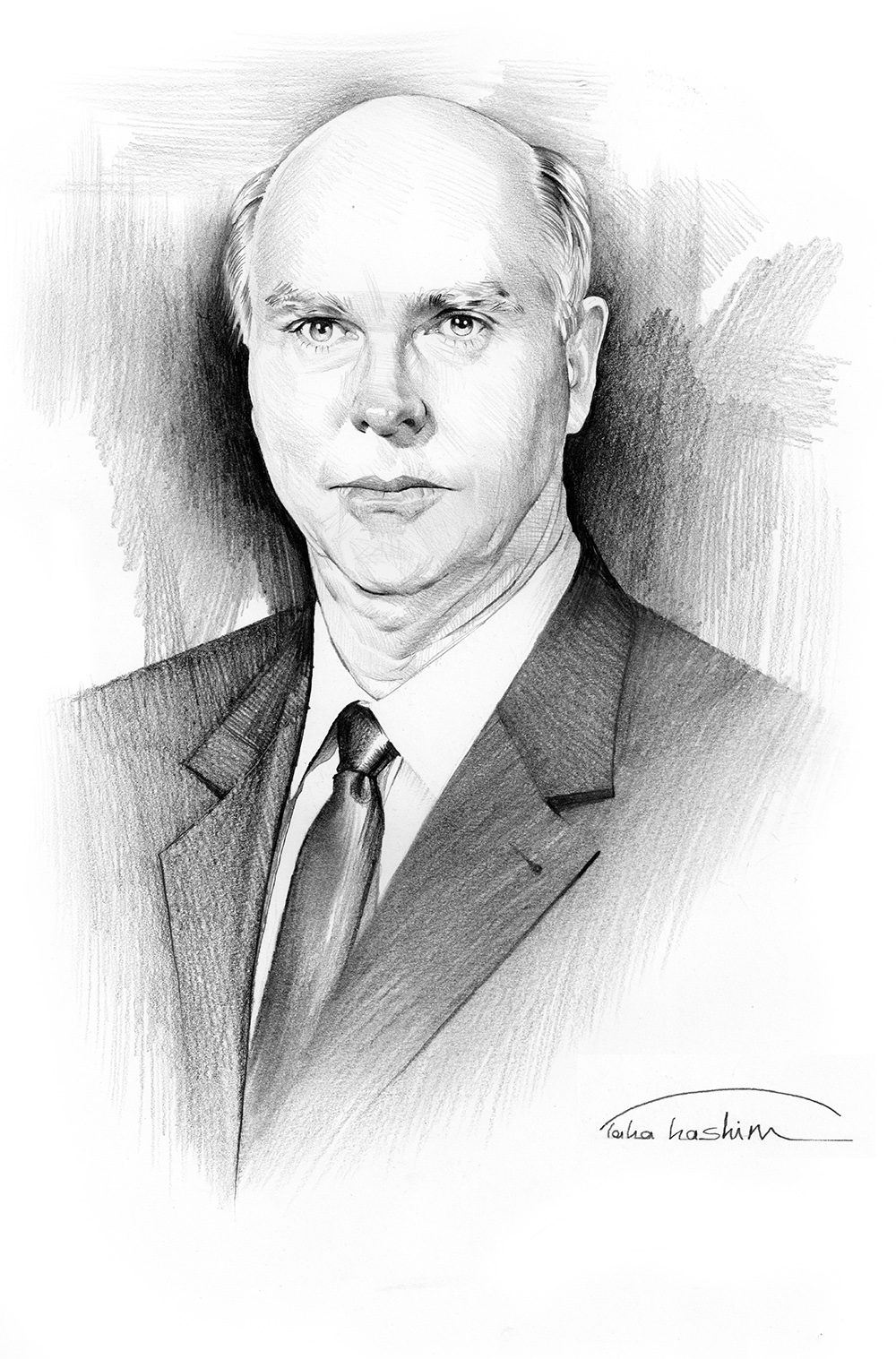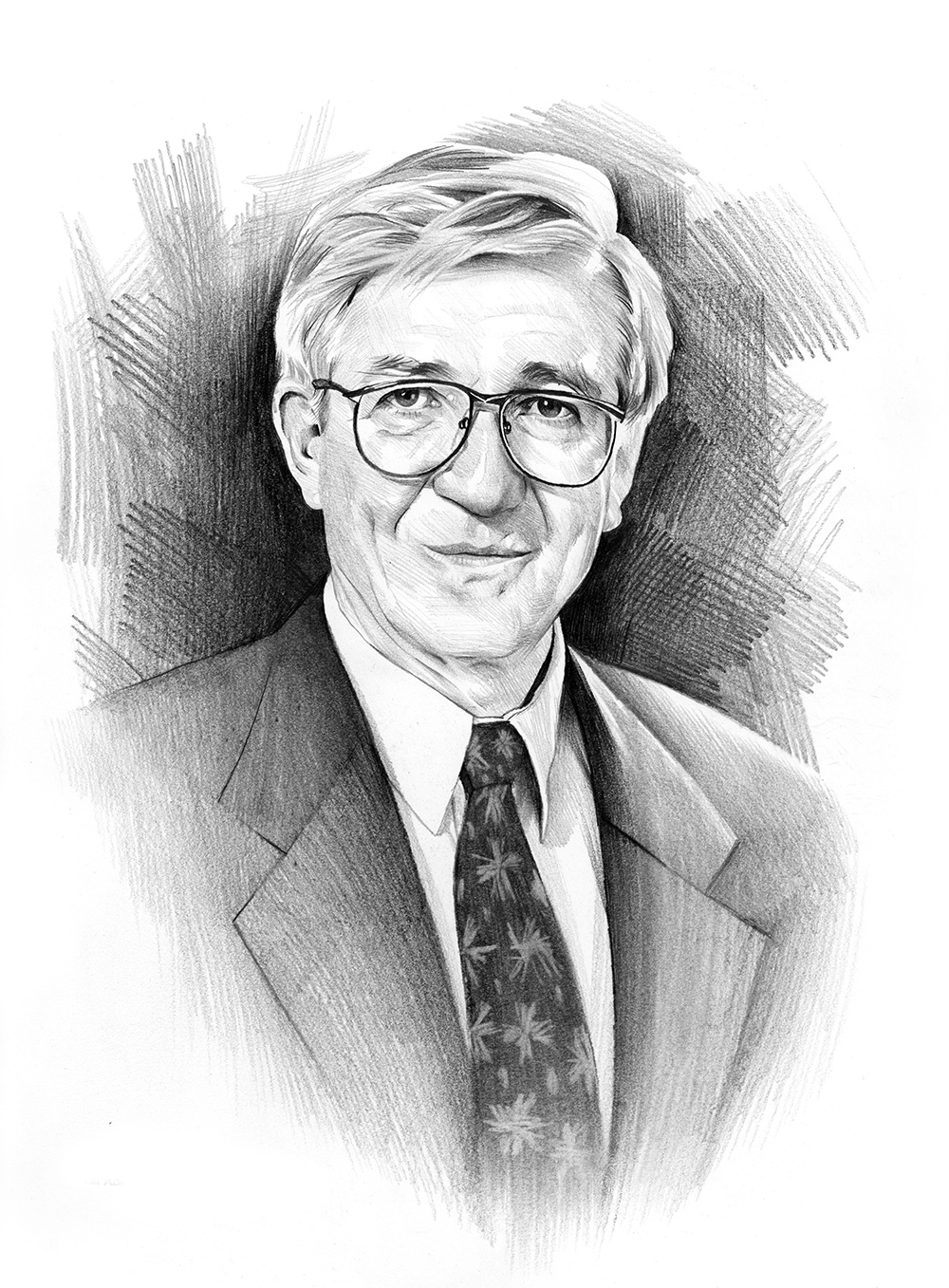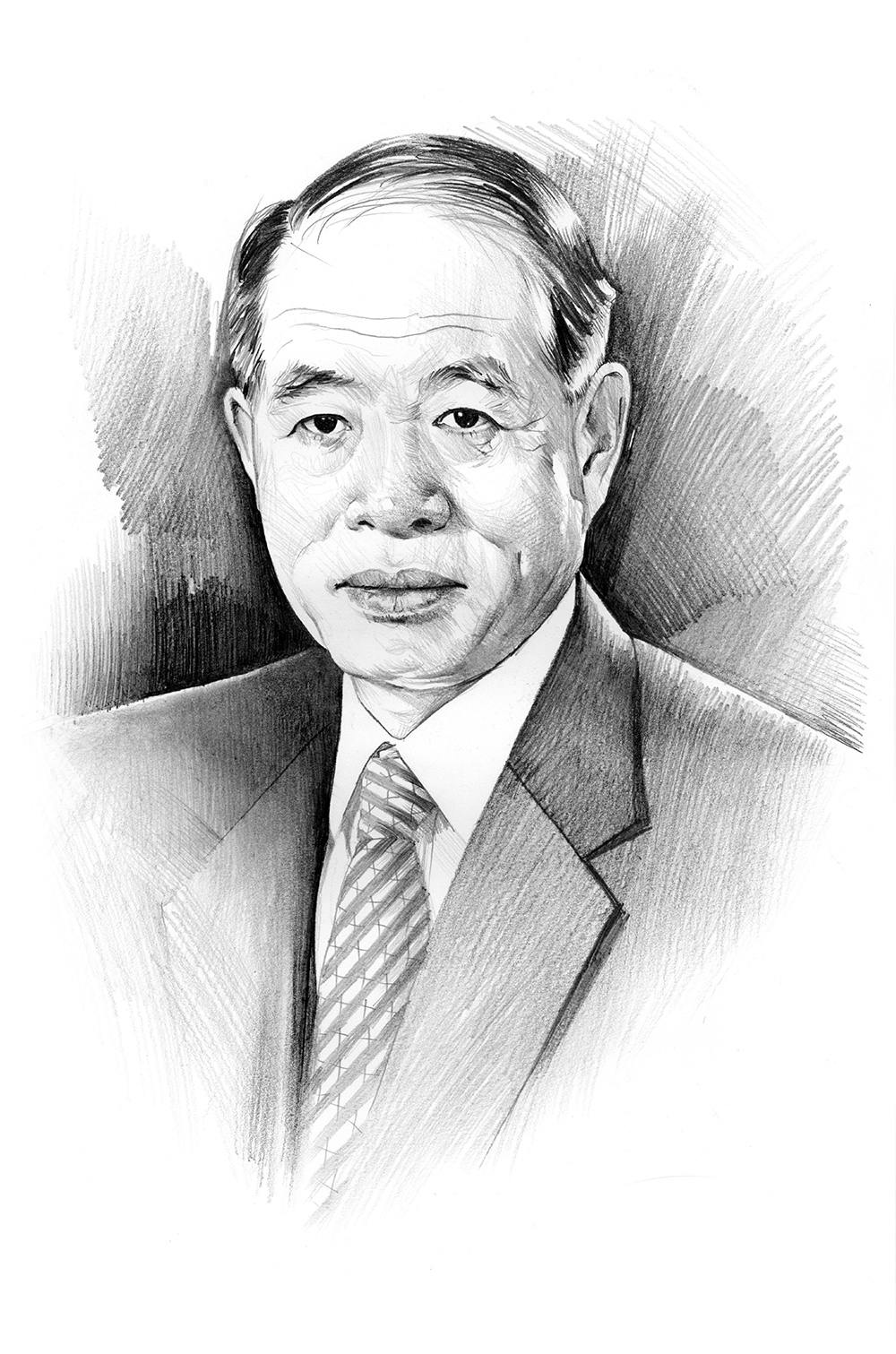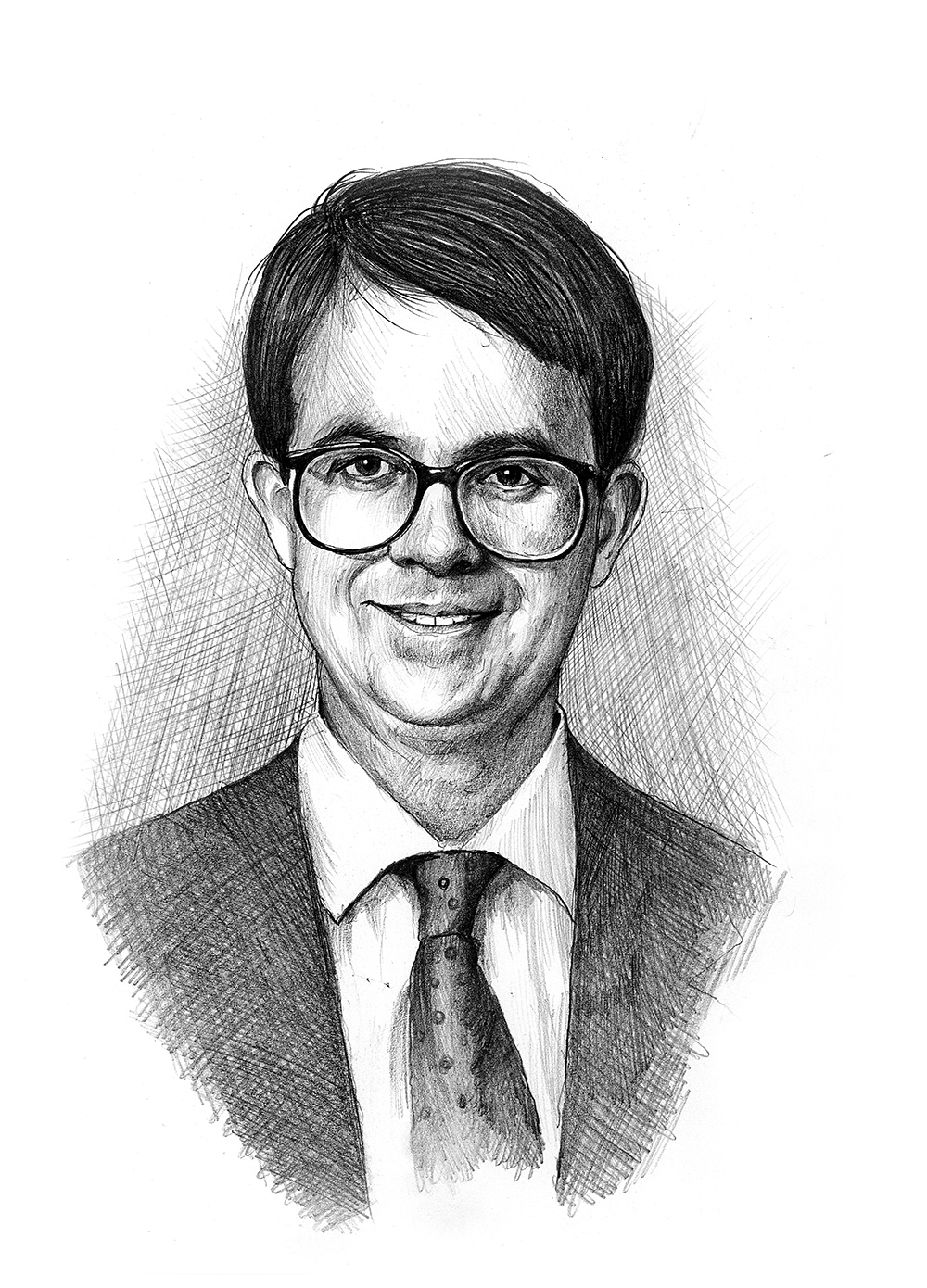Peter Shor received his bachelor’s degree in mathematics from California Institute of Technology (Caltech) in Pasadena in 1981, a Ph.D. in applied mathematics from Massachusetts Institute of Technology (MIT) in 1985, followed by post-doctoral training at the University of California, Berkeley. In 1986, he joined AT&T Bell Laboratories in Murray Hill, New Jersey, and moved, in 1996, to AT&T laboratories in Florham Park, New Jersey.
Professor Shor is most famous for his work on quantum computation, particularly for devising a quantum algorithm, now known as Shor’s Algorithm, for factoring faster than the fastest known algorithm running on a digital computer. Shor’s algorithm uses a number of steps that grow only polynomially in the size of the instance, for example, the number of digits in the number to be factored. He thus made the physical development of quantum computers (hypothetical machines of which only small prototypes have so far been built) more feasible by showing that errors in the computation need not inevitably disrupt the operations of a quantum computer – he exhibited quantum correcting codes, which could be used to build a quantum computer out of slightly noisy components.
Professor Shor was awarded the Rolf Nevanlinna Prize from the International Congress of Mathematicians, the Dickson Prize in Science, the International Quantum Communication Award and the Gödel Prize for best paper in theoretical computer science. In 1999, he was awarded the MacArthur fellowship (nicknamed “Genius Fellowship”), which is awarded annually by the John D. and Catherine T. MacArthur Foundation to US citizens and residents of any age and field of research “who show exceptional merit and promise for continued and enhanced creative work.”
This biography was written in the year the prize was awarded.

